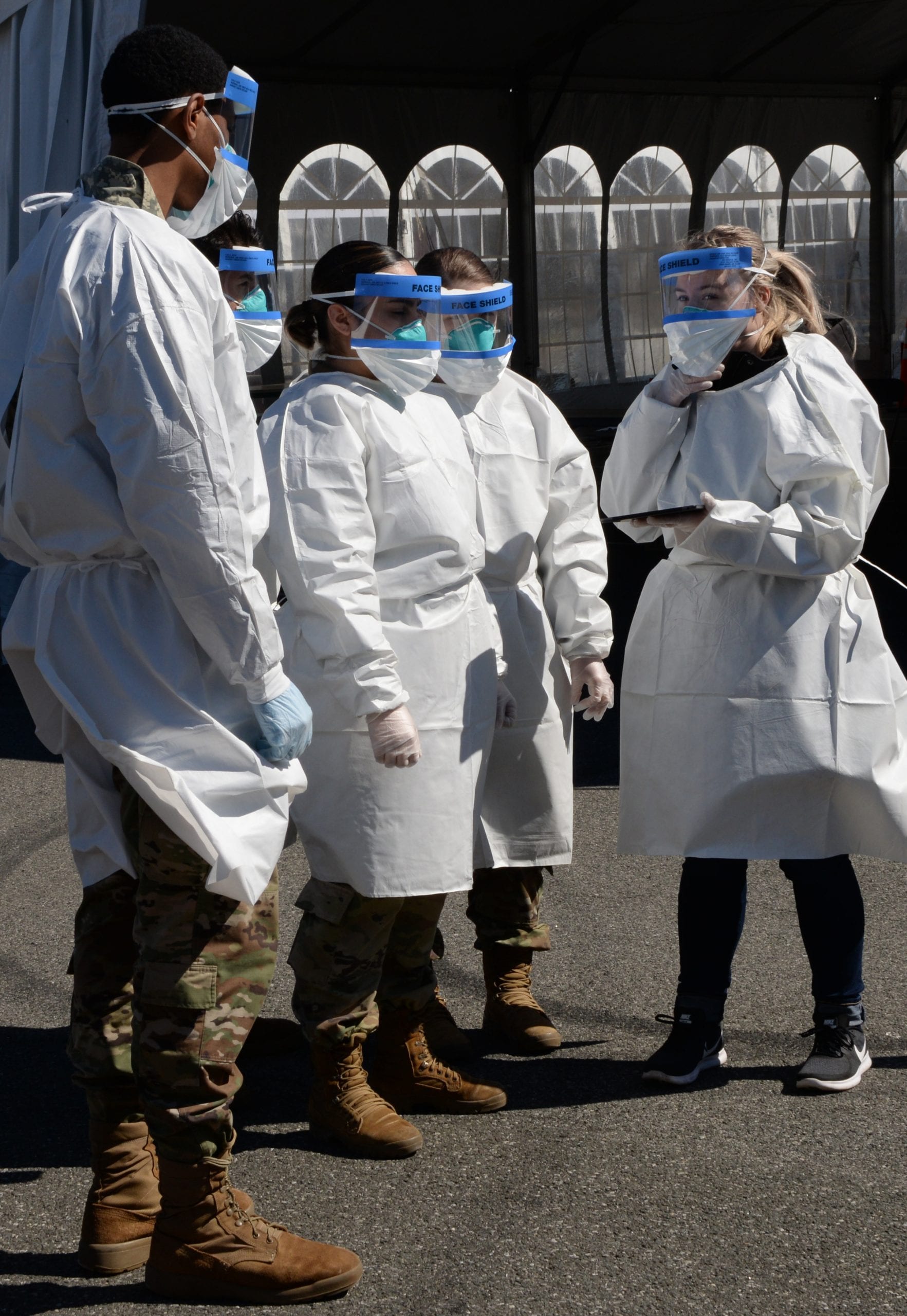Femicide: Causes, Statistics, And The Urgent Need For Action

Table of Contents
Understanding the Root Causes of Femicide
Femicide is not a random act of violence; it is a consequence of deeply ingrained societal structures and power imbalances. Understanding its root causes is crucial to developing effective prevention strategies.
Societal Factors
Patriarchal norms, gender inequality, and harmful cultural beliefs create an environment where violence against women is normalized and even justified. These societal factors significantly increase the risk of femicide.
- Control over women's bodies and sexuality: Harmful norms that restrict women's autonomy and dictate their behavior contribute to a climate of violence.
- Honor killings: These acts of violence, often rooted in patriarchal traditions, are a brutal manifestation of femicide.
- Dowry deaths: In some cultures, the expectation of dowry payments can lead to the murder of women if their families fail to meet demands.
- Misogyny and sexism: Deep-seated hatred and prejudice towards women fuel violence and create a culture of impunity.
These societal factors create a context in which violence against women, including femicide, is more likely to occur. The normalization of gender inequality and the acceptance of harmful traditions directly contribute to increased risk.
Economic Factors
Economic dependence and poverty significantly increase a woman's vulnerability to femicide. Financial insecurity can leave women trapped in abusive relationships, unable to escape violence.
- Lack of financial independence: Women without economic autonomy are often more susceptible to abuse and violence.
- Economic disparity between genders: The gender pay gap and unequal access to resources exacerbate women's vulnerability.
- Financial insecurity: The lack of economic resources can make it incredibly difficult for women to leave abusive situations, increasing their risk of femicide.
Political and Legal Factors
Weak law enforcement, insufficient legal protection for women, and ineffective judicial systems all contribute to femicide. Impunity for perpetrators further emboldens violence.
- Lack of specific laws against femicide: Many countries lack legislation specifically addressing femicide, hindering prosecution.
- Inadequate prosecution of perpetrators: Even when cases are reported, lack of resources and systemic biases can lead to inadequate investigation and prosecution.
- Insufficient support for survivors: Lack of access to shelters, legal aid, and psychological support leaves survivors vulnerable and further perpetuates the cycle of violence.
- Corruption: Corruption within law enforcement and judicial systems can undermine efforts to bring perpetrators to justice.
Global Statistics on Femicide: A Chilling Reality
The scale of femicide worldwide is staggering, a chilling reality that demands immediate attention. While accurate data is often lacking, available statistics paint a disturbing picture.
Prevalence of Femicide Worldwide
The UN, WHO, and other organizations have reported alarmingly high rates of femicide globally, with significant variations between regions and countries. Certain regions consistently show disproportionately high rates of gender-based killings.
- Latin America and the Caribbean consistently report some of the highest rates of femicide globally.
- Sub-Saharan Africa also faces a significant femicide crisis, although data collection challenges often obscure the true extent.
- While femicide is a global issue, the rates vary drastically depending on cultural, economic, and political contexts.
Data Gaps and Challenges
Accurate measurement of femicide rates is hindered by significant data gaps and methodological challenges. Underreporting and misclassification of deaths are major obstacles.
- Underreporting: Many cases of femicide go unreported due to fear, stigma, or lack of trust in law enforcement.
- Inadequate investigation: Deaths are often misclassified as suicides or accidents, masking the true nature of the violence.
- Stigmatization of victims: Societal stigma surrounding gender-based violence prevents victims' families from reporting crimes.
The Urgent Need for Comprehensive Action to Combat Femicide
Addressing femicide requires a multifaceted approach, focusing on strengthening legal frameworks, empowering women, and supporting survivors.
Strengthening Legal Frameworks and Enforcement
Stronger laws, improved prosecution rates, and increased accountability for perpetrators are essential to combating femicide.
- Specific laws against femicide: Legislation explicitly defining and criminalizing femicide is crucial.
- Harsher penalties for perpetrators: Stronger penalties deter violence and ensure accountability.
- Protective measures for victims: Implementing protective orders and witness protection programs is critical.
Empowering Women and Challenging Harmful Norms
Empowering women through education, economic opportunities, and access to resources is key to preventing femicide. Challenging harmful social norms is equally critical.
- Financial literacy programs: Economic independence empowers women to leave abusive situations.
- Access to education: Education is a powerful tool to challenge harmful beliefs and promote gender equality.
- Access to legal aid: Legal assistance empowers women to seek justice and protection.
Supporting Survivors and Their Families
Providing comprehensive support services for survivors and their families is essential for healing and preventing further violence.
- Shelters and safe houses: Providing safe spaces for survivors to escape violence is crucial.
- Hotlines and crisis intervention: Accessible support lines offer immediate assistance and guidance.
- Counseling and therapy: Addressing trauma and promoting healing is vital for survivors' recovery.
- Legal aid and advocacy: Access to legal resources empowers survivors to seek justice.
Conclusion
Femicide is a global crisis rooted in deeply ingrained societal, economic, and political factors. The alarming statistics reveal the urgent need for comprehensive and sustained action. We must strengthen legal frameworks, empower women, challenge harmful norms, and support survivors. To truly end femicide, we need a collective effort. Let us all take action against femicide, combat violence against women, and prevent these gender-based killings. Every woman deserves to live in a world free from fear and violence. Let's work together to create a safer world for women and girls everywhere, where the killing of women is a thing of the past. Let's end femicide.

Featured Posts
-
 Kartels Restrictions A Police Source Explains The Safety Concerns
May 21, 2025
Kartels Restrictions A Police Source Explains The Safety Concerns
May 21, 2025 -
 Heffingen Op Voedingsmiddelen Abn Amro Ziet Export Naar Vs Kelderen
May 21, 2025
Heffingen Op Voedingsmiddelen Abn Amro Ziet Export Naar Vs Kelderen
May 21, 2025 -
 Dexter New Blood Resurrection Trailer Release Date Speculation
May 21, 2025
Dexter New Blood Resurrection Trailer Release Date Speculation
May 21, 2025 -
 Wtt Press Conference Unveils Innovative Competitive Concept
May 21, 2025
Wtt Press Conference Unveils Innovative Competitive Concept
May 21, 2025 -
 The Traverso Family A Photographic Legacy At Cannes
May 21, 2025
The Traverso Family A Photographic Legacy At Cannes
May 21, 2025
